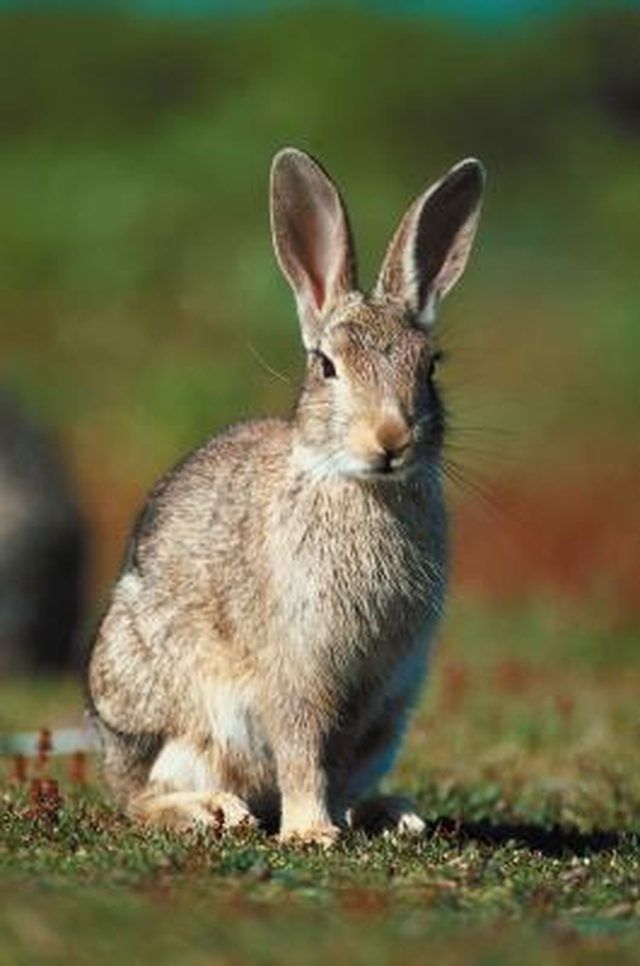Bulbs
Flower Basics
Flower Beds & Specialty Gardens
Flower Garden
Garden Furniture
Garden Gnomes
Garden Seeds
Garden Sheds
Garden Statues
Garden Tools & Supplies
Gardening Basics
Green & Organic
Groundcovers & Vines
Growing Annuals
Growing Basil
Growing Beans
Growing Berries
Growing Blueberries
Growing Cactus
Growing Corn
Growing Cotton
Growing Edibles
Growing Flowers
Growing Garlic
Growing Grapes
Growing Grass
Growing Herbs
Growing Jasmine
Growing Mint
Growing Mushrooms
Orchids
Growing Peanuts
Growing Perennials
Growing Plants
Growing Rosemary
Growing Roses
Growing Strawberries
Growing Sunflowers
Growing Thyme
Growing Tomatoes
Growing Tulips
Growing Vegetables
Herb Basics
Herb Garden
Indoor Growing
Landscaping Basics
Landscaping Patios
Landscaping Plants
Landscaping Shrubs
Landscaping Trees
Landscaping Walks & Pathways
Lawn Basics
Lawn Maintenance
Lawn Mowers
Lawn Ornaments
Lawn Planting
Lawn Tools
Outdoor Growing
Overall Landscape Planning
Pests, Weeds & Problems
Plant Basics
Rock Garden
Rose Garden
Shrubs
Soil
Specialty Gardens
Trees
Vegetable Garden
Yard Maintenance
How to Protect Garden Bedding Plants from Deer and Rabbits
How to Protect Garden Bedding Plants from Deer and Rabbits. Bedding plants -- ornamental flowers planted in large groups -- are mainstays in many home gardens. Usually annuals, they are inexpensive and easy to grow. Being temporary garden residents, they provide the opportunity to change plantings from season to season. Many gardeners understand,...

Bedding plants -- ornamental flowers planted in large groups -- are mainstays in many home gardens. Usually annuals, they are inexpensive and easy to grow. Being temporary garden residents, they provide the opportunity to change plantings from season to season. Many gardeners understand, however, that bedding plants are often susceptible to damage from deer and rabbits.
Things You'll Need
Deer and rabbit repellent
Chicken wire fencing
Nylon stockings
Deodorant soap
Plant deer- and rabbit-resistant species. Such flowers include marigolds, salvias, lamb's ears, coneflowers and foxglove. Many bulbs, such as daffodils, alliums and fritillaries are resistant.
Surround bedding areas with plants that deter deer and rabbits. The pungent odor of many plants, such as lavender, marigold and rosemary, warn animals of their alkaline flavor and often keep them away from more tasty plants.
Install a 2-foot-tall chicken wire fence to keep out rabbits. Stake the fence securely to the ground or bury it several inches to keep rabbits from getting under them.
Apply deer- and rabbit-repelling sprays according to label directions. Animal repellents are often made from natural ingredients like coyote urine or rotting meat. Old-timers often applied human urine to the ground beneath plants for natural pest control.
Hang bars of deodorant soap in nylon stockings from stakes or nearby shrubs to keep deer away. Nylon stockings filled with human hair can be hung to warn animals of human presence.
Locate vulnerable plant species closer to the house or other areas of common human activity such as patios and children's play areas. The presence and scent of humans will warn deer and rabbits away.
Walk the dog near bedding areas. The scent of the dog and its waste -- even after cleaning up -- is strong and undesirable to animal pests.
Tips & Warnings
Fences for deer need to be very sturdy and at least 8 feet tall to be effective, so they are not usually desirable for bedding areas which are intended to be enjoyed close-up. Deer fencing is more practical when applied to entire properties or large parts of a garden.